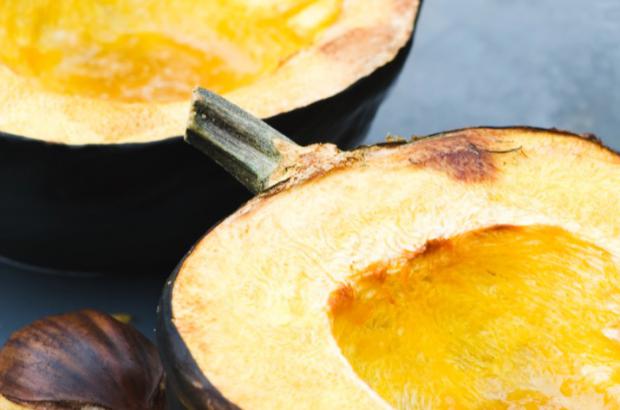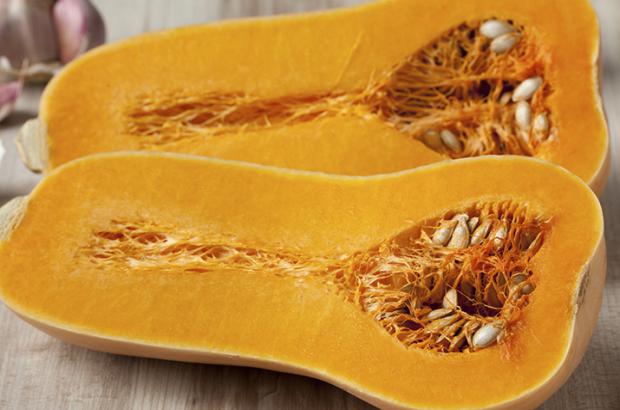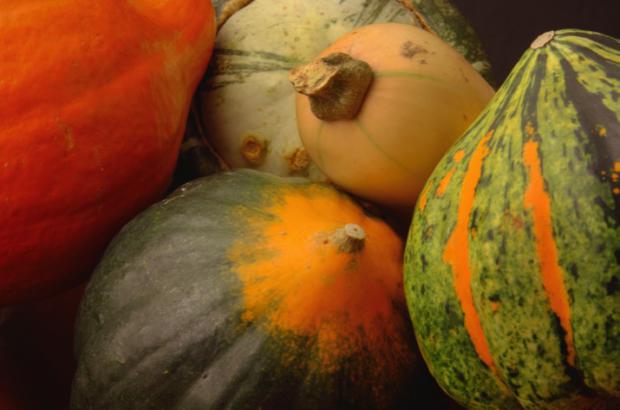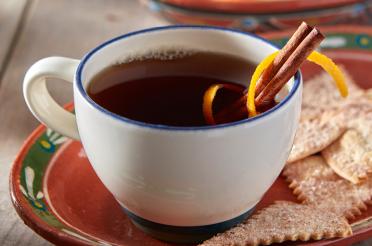Article
Acorn Squash
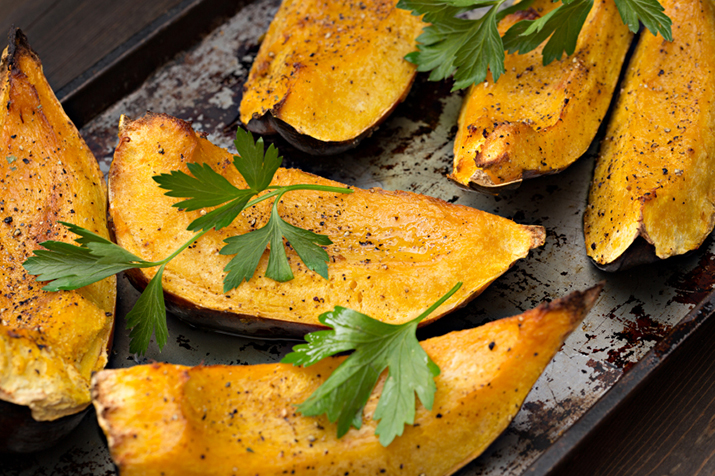
Acorn squash is an all-American veggie if ever there was one. The fun-looking (what other produce resembles a nut?), hardy, easy-to-prepare and scrumptious squash was a staple for Native Americans, who introduced it to European settlers. When the acorn squash first migrated to Europe, though, the Europeans would have argued with the "scrumptious" description; they thought it was a melon, and sampled it raw.
George Washington and Thomas Jefferson were both avid growers of the hearty acorn squash, which continues to grow well all over the United States.
A prime example of a healthful food that pleases the palate, the sweet, slightly nutty flesh is a very good source of dietary fiber and vitamin C. It also provides thiamin, potassium, manganese, vitamin A, Vitamin B6, folate and magnesium.
While considered a winter squash (it certainly looks and tastes like one), the acorn is actually a member of the same species as summer squashes, like those long zucchinis and yellow crooknecks. The most popular acorns are the blackish/dark green variety, often speckled with orange patches; these are the green acorn squash, also known as Des Moines squash, pepper squash and Table Queen. There are also yellow/gold acorn, white acorn, and multi-colored (orange, green and white striped) squash.
Here are the names of some of the other varieties you might come across in the produce section: Seneca Autumn Queen, Table Ace, Early Acorn, Golden Acorn, Tay Belle, Royal Acorn, Cream of the Crop, Ebony and Table King.
Florida and California are the main U.S. producers of acorn squash (Mexico and Costa Rica are also big growers), but it thrives in most areas of the United States, so in season you can likely find a local provider at your farmers market or via your food co-op.
There's no end to the ways to enjoy an acorn squash—baked, grilled, microwaved or steamed; stuffed with nuts, dried fruits, grains, breads or other cooked veggies; drizzled with a natural sweetener; or just topped with a pat of butter. For sweeteners, consider maple syrup, honey, agave syrup or orange juice. Walnuts, chestnuts and pecans are good choices for nuts, and for fruits, pair the squash with raisins, cranberries, dried cherries, figs or apricot preserves. Apples and acorn squash also go well together, as in this tasty Winter Squash and Apple Bake.
Roasted acorn squash is a delightful addition to salads, too, like this Roasted Squash and Lentil Salad with Goat Cheese.
Toss chunks of squash into stir-fries and casseroles, and fold the pureed flesh into quick breads, muffins and other baked goods. Squash soups and stews, whether creamy smooth or chunky and hearty, are welcome additions to the menu come fall and winter. In desserts, think custards, pies, cookies and bars. Freshly cooked acorn squash flesh can be used in place of canned pumpkin in recipes.
For helpful instructions on cutting and peeling winter squash, see Delightful Winter Squash.
From the spice rack, you might choose cinnamon, ginger, nutmeg, black pepper or rosemary to season your squash. Spice blends are also good options. Pumpkin pie spice or apple pie spice would work well in a dessert featuring acorn squash, for example, while a curry or grilling blend works well for savory dishes, like this Curried Winter Squash and Chicken Stew. Here's a recipe for Maple Glazed Acorn Squash that relies on a garam masala blend and cinnamon for seasoning, as well as maple syrup and butter for, well, extra scrumptiousness.
When shopping for an acorn squash, choose one that's dull and heavy for its size, and free of soft spots and cracks. When available, pick one that has a stem (that nifty stem helps keeps bacteria out).
Your acorn squash will keep for three to six months if you store it in a cool, dry area away from extreme temps and sunlight. You might want to bring home an armful for all the delectable dishes made with scrumptious acorn squash.

